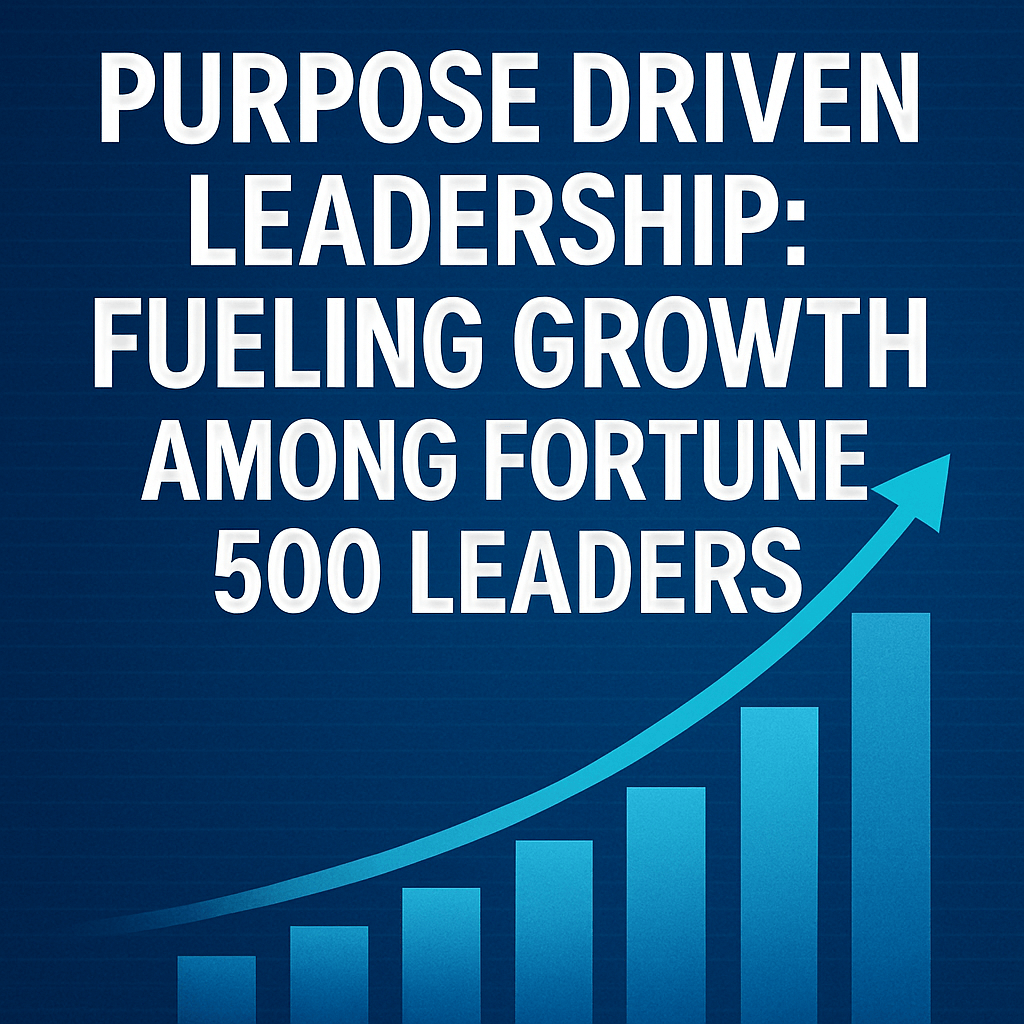Purpose-Driven Leadership: Fueling Growth Among Fortune 500 Leaders

Ultimate success in business transcends mere operational efficiency, suggests author Simon Sinek. He argues that organizational success is deeply rooted in the collective understanding of a company’s mission—why employees choose to engage in their work daily. There is a distinct difference between those in positions of authority termed as “leaders” and those who genuinely “lead.” Sinek posits that individuals embrace the latter because their commitment is fueled by intrinsic motivation rather than obligation. This empowered dynamic cultivates a culture wherein teams are inspired to exert maximum efforts, thus achieving extraordinary outcomes.
Understanding the ROL100 Ranking
For five consecutive years, Fortune has collaborated with Indiggo to unveil the ROL100®, a distinctive evaluation that quantifies the ReturnOnLeadership® among the top 100 companies within the Fortune 500. This unique ROL metric assesses and quantifies previously unmeasured key fundamentals essential for mitigating risks and optimizing success probabilities during critical scenarios.
“We know how challenging it continues to be for leaders to navigate today’s turbulent world. Each year we hear from CEOs and other executives that value the external measure of their corporate leadership performance,” says Seth Verry, Indiggo’s Chief Research Officer.
Methodology Behind ROL100
The methodology for calculating the ROL100 ranking involves a comprehensive assessment of publicly available data. Indiggo’s approach provides an industry-agnostic “outside-in” perspective on leadership performance. Given that certain evaluation criteria are inherently qualitative, artificial intelligence technologies are employed to ensure objectivity and replicability in data analysis.
Financial Correlation: The Numbers Speak
A key takeaway from the ROL100 is the strong correlation between purpose-driven leadership and corporate financial success, even though the ranking does not directly utilize traditional financial metrics like stock performance. Companies at the pinnacle of the list consistently outperform those lower down in critical financial areas such as revenue, profit, and growth.
- No. 1: Microsoft regained the top position from Nvidia, followed closely by Nvidia (No. 2), Delta Air Lines (No. 3), Alphabet (No. 4), and Eli Lilly (No. 5).
- $180,000: The median EBITDA per employee for the top 25 companies in the ROL100, significantly higher than the $44,000 observed for the bottom 25.
- +8.3%: Median three-year revenue growth for the top 25, compared to +5.1% for those at the bottom.
Strategic Insights from Leading Companies
Microsoft’s return to the premier position highlights its effectiveness in fostering a culture centered on strategic clarity and alignment among leadership teams. Under CEO Satya Nadella, Microsoft has successfully cultivated a growth mindset, enabling innovation while maintaining rigorous operational standards. The company’s well-articulated strategies in cloud computing and AI integration reinforce its cohesive leadership framework aimed at long-term value creation.
On the other hand, Nvidia’s consistent presence near the top, even as it relinquished the number one spot, showcases its dynamic leadership under CEO Jensen Huang. Having established Nvidia as a frontrunner in GPU technology and AI inference, Huang’s leadership strategy emphasizes rapid innovation and an adaptable market approach. This capacity for swift execution defines Nvidia’s reputation as a leading force in the semiconductor industry.
Delta Air Lines: A Cultural Shift
Delta Air Lines has made significant strides as evidenced by its move up the rankings to third place, primarily attributed to its strong corporate culture. CEO Ed Bastian asserts that for a century, Delta’s leadership has prioritized values and people, fostering an environment conducive to sustained performance. This cultural approach underlines the notion that companies aligning their operations with core values tend to achieve superior competitive positions over time.
Sector Insights: Healthcare vs. Technology
Historically, healthcare has boasted a strong representation within the top rankings of ROL100. However, this year marked a notable shift with the technology sector claiming many seats among the top 25 companies, indicating a growing recognition of technological capabilities driving modern business practices. Notably, the latest list reflects a tie, with both sectors featuring 24% representation in the top 25, underscoring the critical intertwine of technology and leadership.
Investment Implications
The connection between leadership performance and financial outcomes has piqued the interest of investors. In response to the convincing patterns observed, S&P Dow Jones Indices has introduced a specialized product allowing investors to track companies featured on the Indiggo’s list. Notably, the ReturnOnLeadership Index has outperformed major indices: a remarkable +109% return over five years, compared to +91% for the S&P 500 and +64% for the Dow Jones Industrial Average. Indiggo’s CEO Janeen Gelbart emphasizes the integral role of quality leadership in impacting stock market performance.
Conclusion
The findings from the ROL100 rankings illuminate the profound impact of purpose-driven leadership as a catalyst for corporate success. Companies that successfully articulate their mission, maintain strategic clarity, align their leadership, and execute focused actions demonstrate a superior capacity for growth and resilience in a competitive marketplace. In an era defined by rapid changes and uncertainties, these principles are essential for organizations aiming for sustainable success.
About the Author
Lance Lambert
Source: fortune